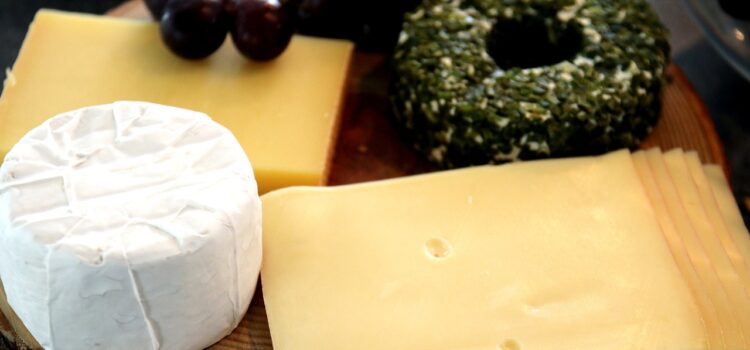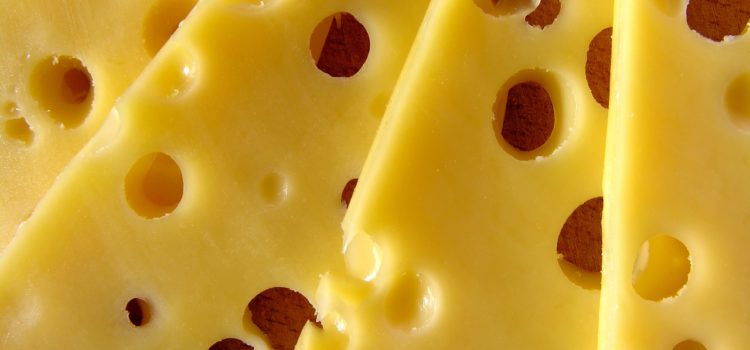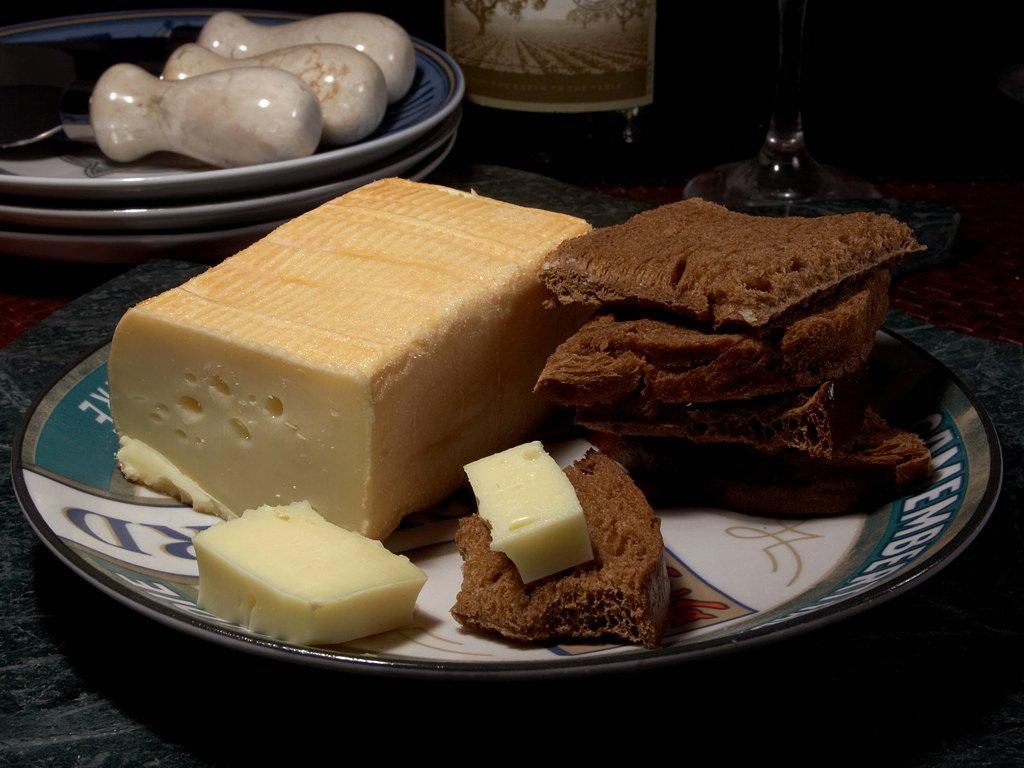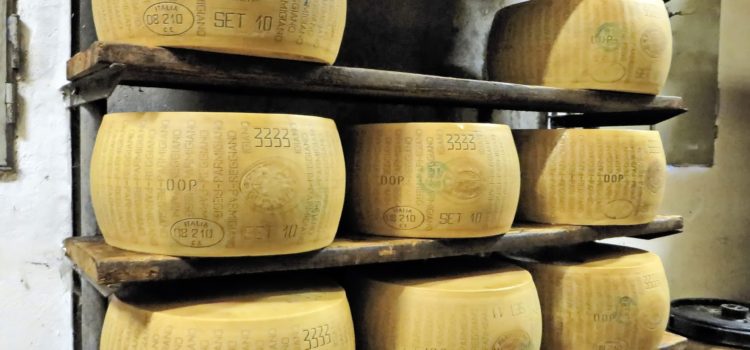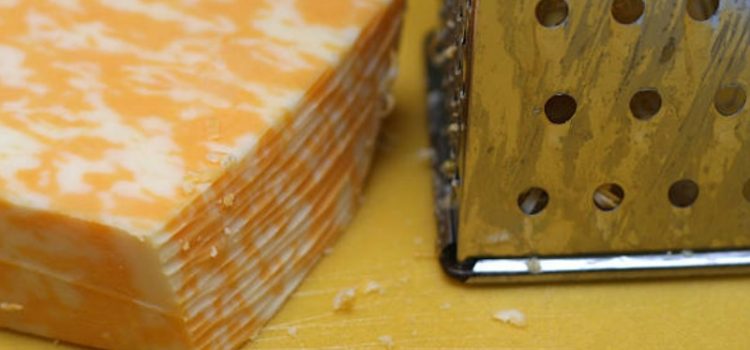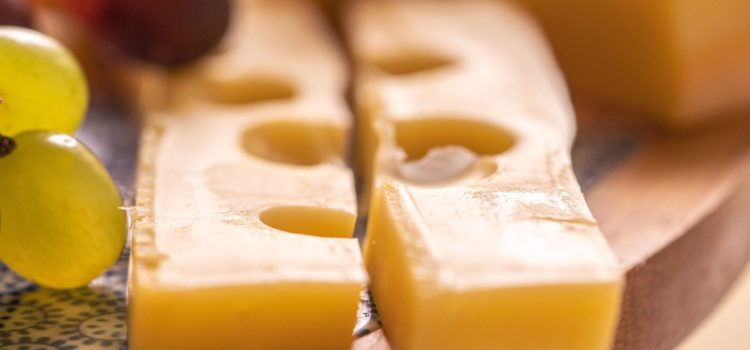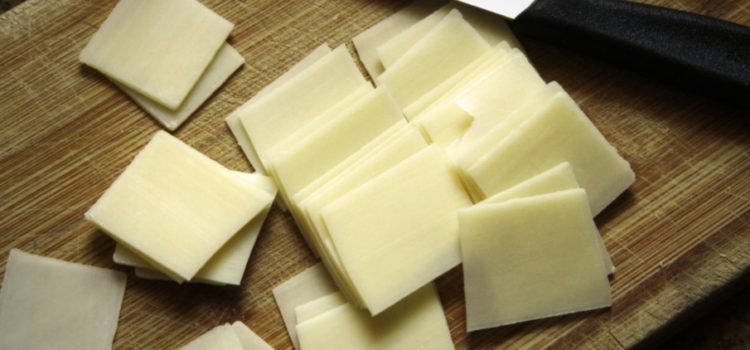Cheese comes in an incredible variety of textures, flavors, and aromas, offering something for everyone. From soft and spreadable to hard and crumbly, mild and creamy to sharp and tangy, the possibilities are endless. This vast variety allows it to
Why Sodium Citrate Makes Good Cheese
